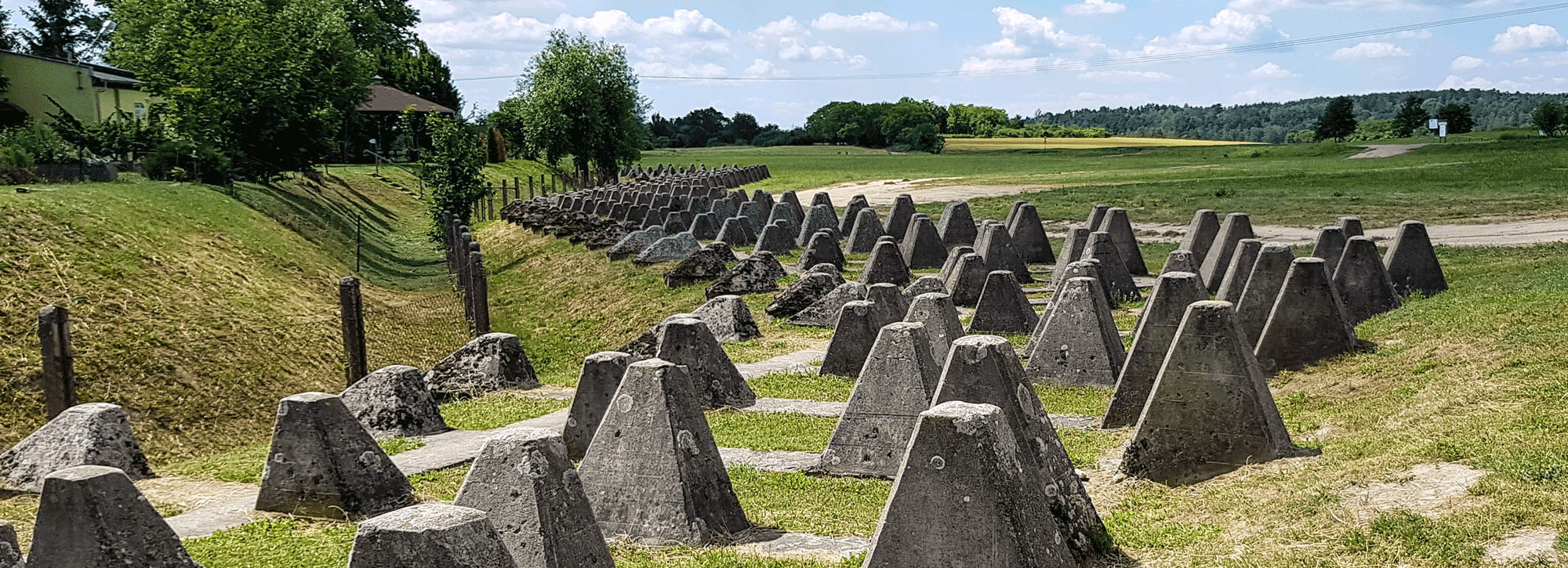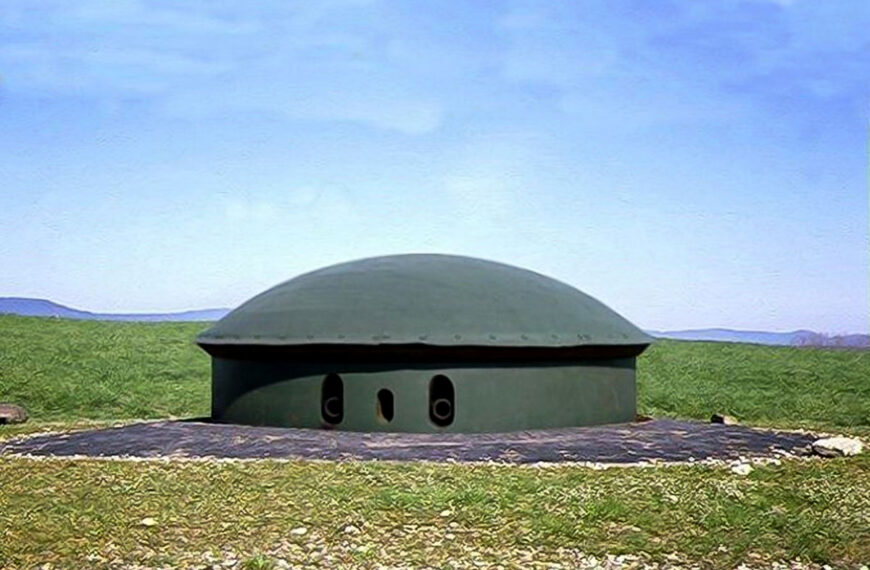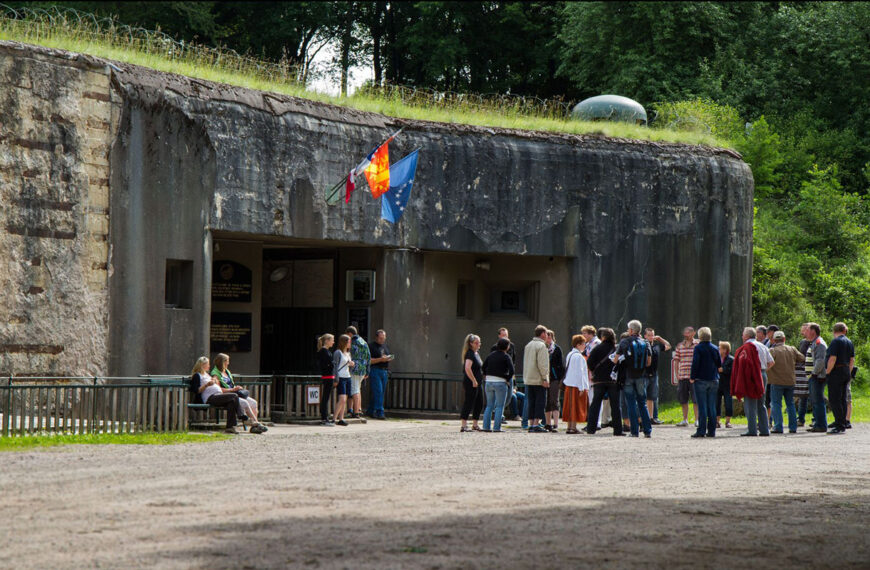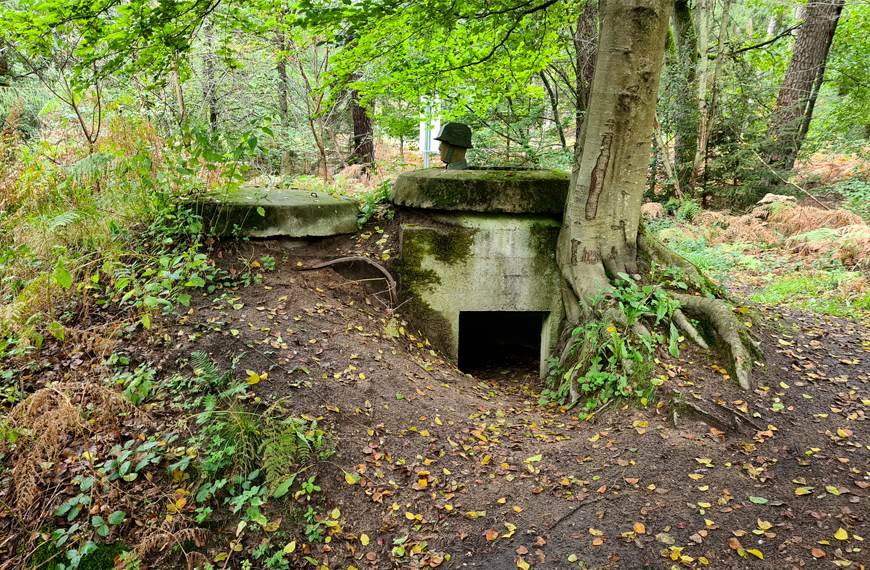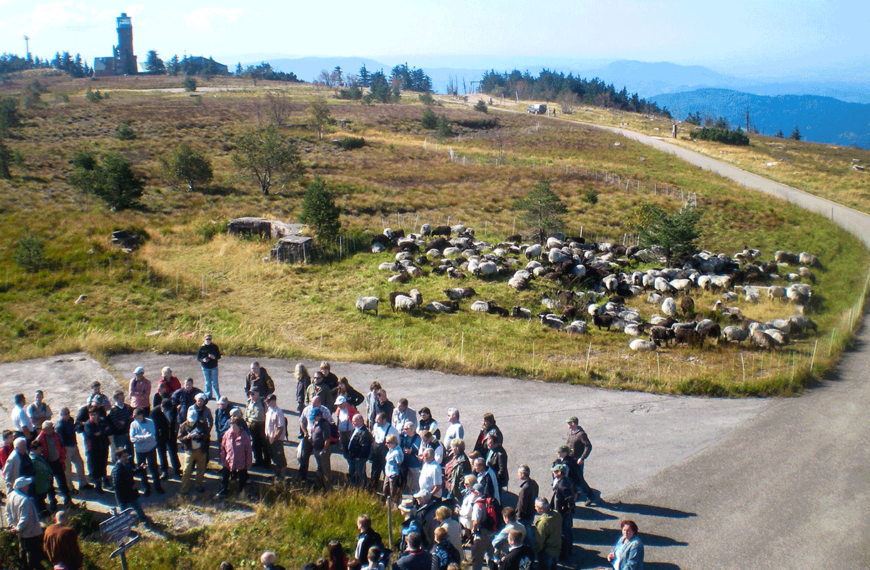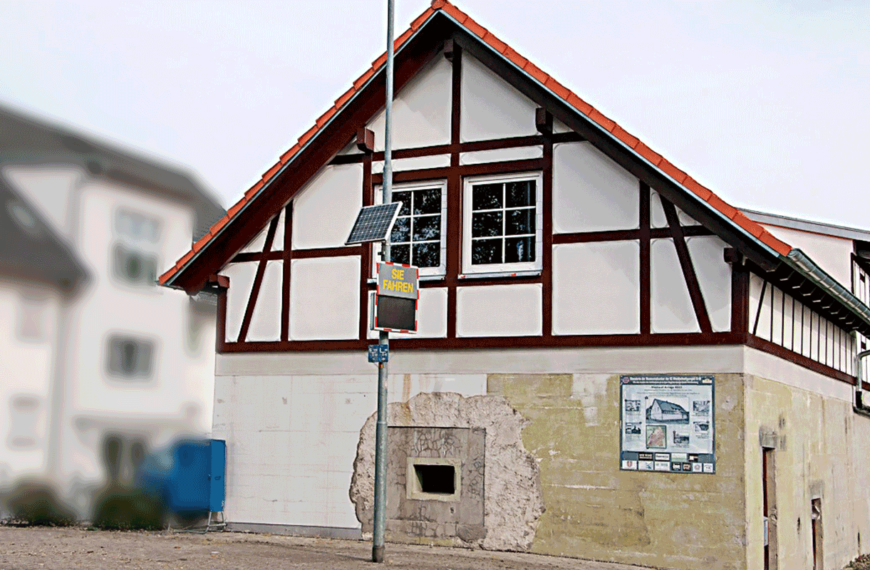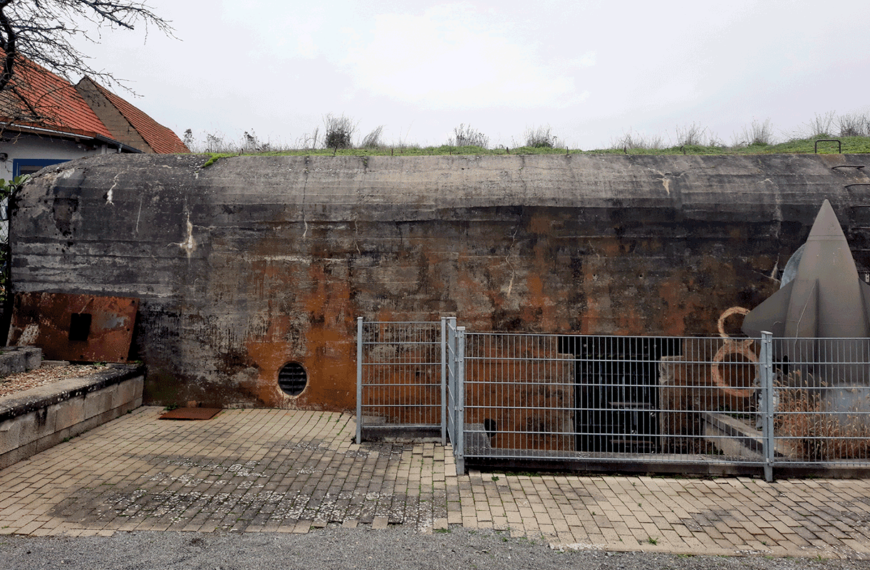
Defensive lines of the 1st and 2nd World War in Europe
In the period between the two world wars, a veritable construction boom of fortified facilities commenced in all major European countries, which appeared to be necessary to secure strategically important sections of the respective state borders.
This includes the Maginot-Linie on the eastern fringes of France, which was built to protect against an attack by the German Reich and its allies. Its remnants, bunkers, ditches, armored turrets and logistics network remain as monstrous, but in their gigantomania quite fascinating memorials in the landscape, and remind the warlike past of Europe, e.g. at the "Friends of the Maginot Line in Alsace".
Discover the Maginot Line with FORTE CULTURA
Other defense lines of this era are:
- West Wall (Sigfried Line),, on the western border of the former German Reich,
- Maginot-Linie, to secure the German/French border in France. border in France,
- Pommernwall and Oder-Warthe-Bogen, on the eastern border of the former German Reich,
- Atlantic Wall, from Norway to France along the northern borders
- Ligne Metaxas en Grèce,
- Czechoslovakian rampart in the former Czechoslovakia,
- Molotov Line in eastern Poland, occupied by the Soviet Union in 1939,
- Skåne Line in Sweden,
- Rupnik line in Yugoslavia,
- Vallo-Alpino in Italien,
- Arpad line in the Ukraine.
All these buildings were intended as a deterrent against a new world war. But ultimately led the attacks of the German Wehrmacht - first on Poland and then on many other European countries - to build other modern fortification lines to secure the conquered territory.
In addition to pure defensive lines such as the Atlantic Wall and the South Wall, the Second World War, for example, led to the intensification of national fortifications in neutral Switzerland. In addition to these lines, the first buildings for civil air-raid protection, bunkered armament systems or military leadership bunkers were built in the hinterland. But ultimately these buildings could only delay the end of the war.
Discover the Westwall with FORTE CULTURA
Numerous buildings from this period still remind througout Europe as a stone testimonies to this fateful epoch.

Defensive lines of the Cold War in Europe
The national defense lines built across Europe until 1945 were expanded after the end of the Second World War in the time of the escalation of the Cold War as a joint task by the merged states of the Western-democratic and the Eastern-hierarchical world.
Together with the command and defence bunkers built in the hinterland, this ensured peace in the northern hemisphere for the next 50 years or so. The "Iron Curtain" stretched from north to south across Europe and marked the demarcation line between the Western powers and the Eastern Bloc.

